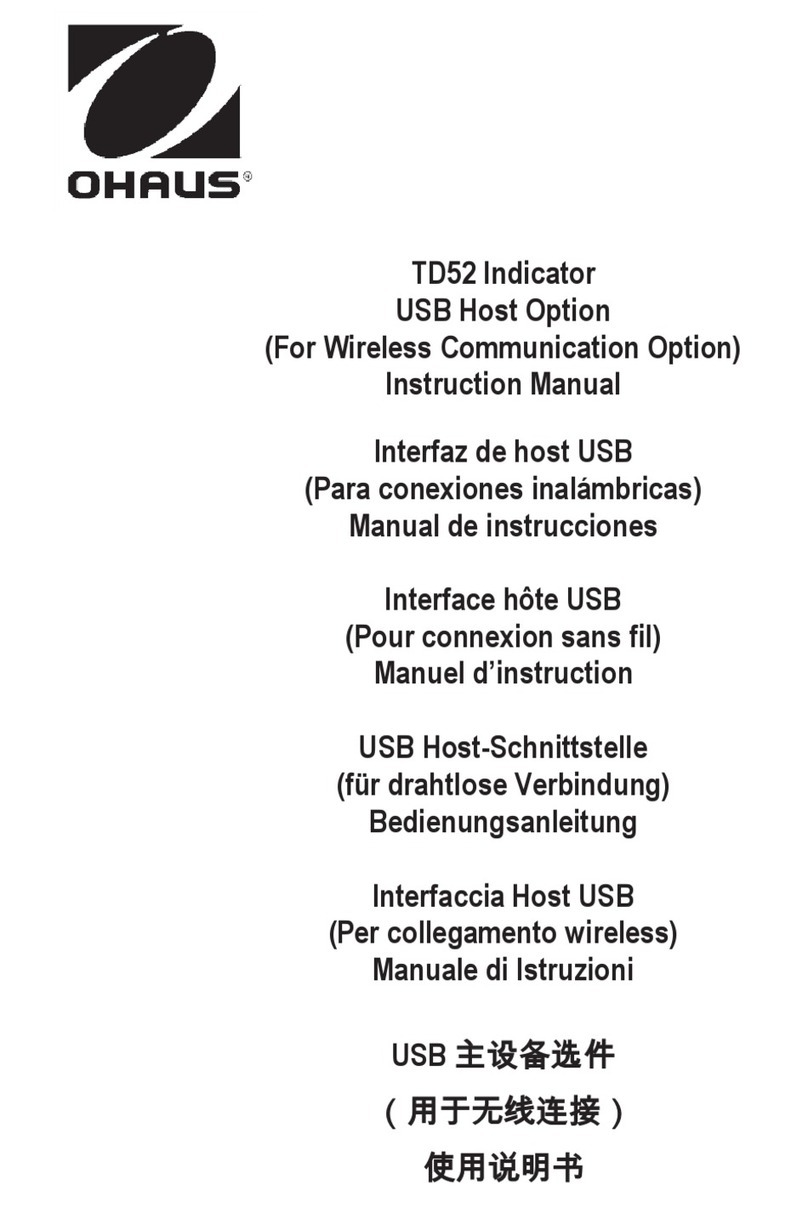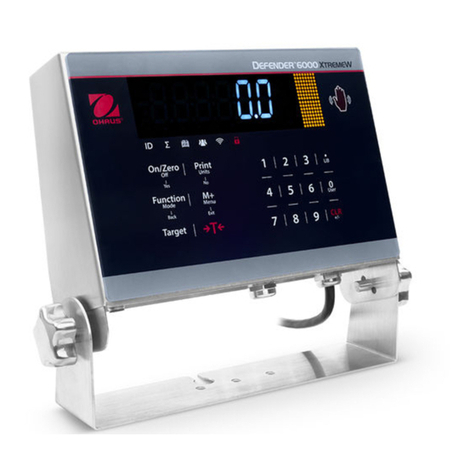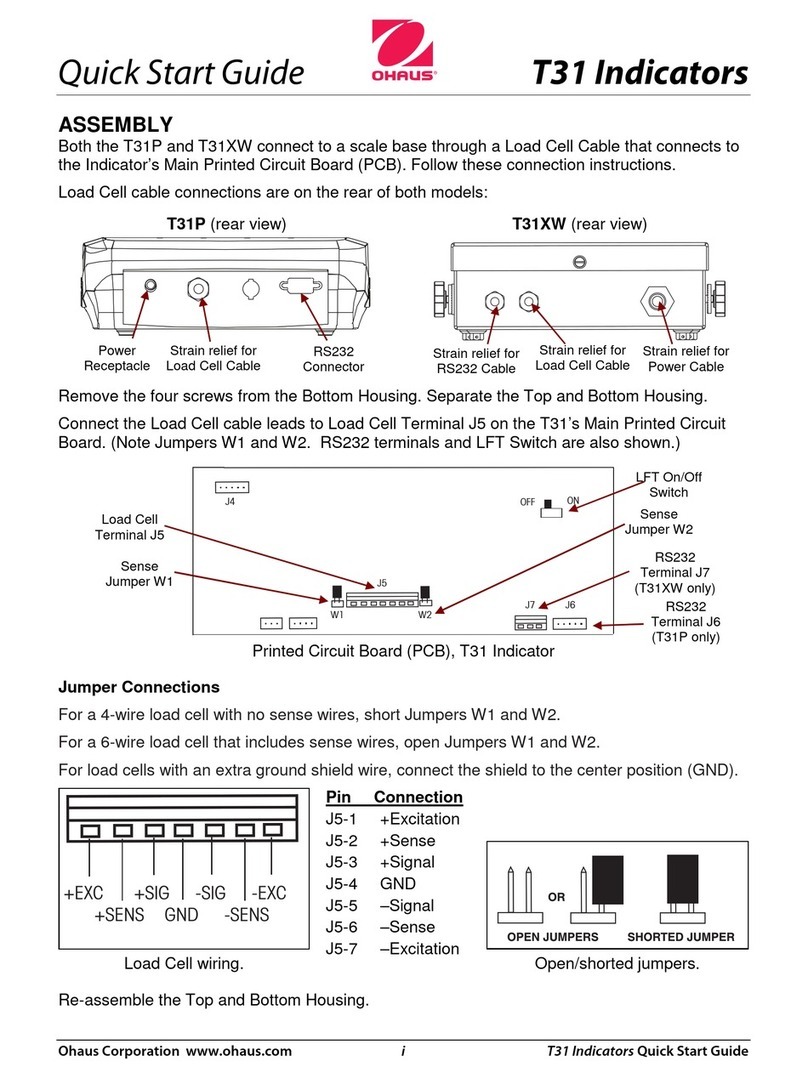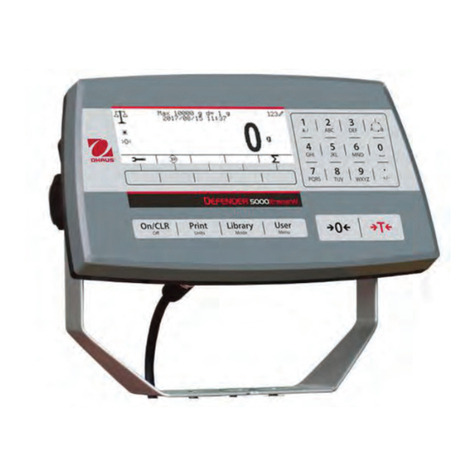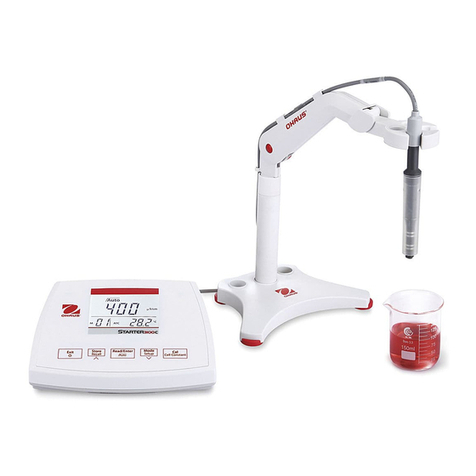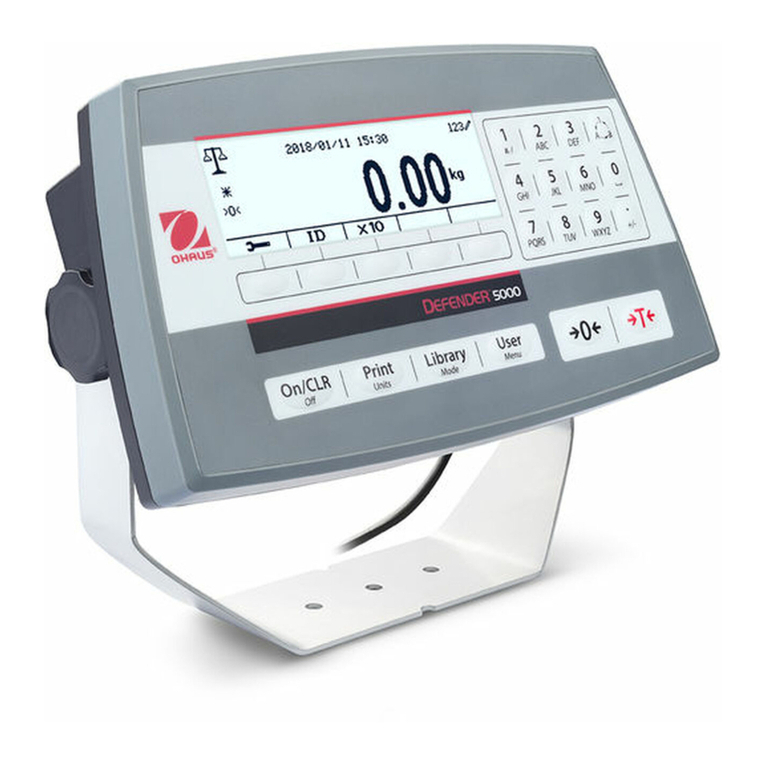
TABLE OF CONTENTS
1INTRODUCTION ................................................................... 1
1.1 Definition of Signal Warnings and Symbols ...................................... 1
1.2 Safety Precautions ............................................................................ 2
1.3 Display and controls .......................................................................... 3
2INSTALLATION ..................................................................... 6
2.1 Package contents .............................................................................. 6
2.2 Meter charging .................................................................................. 8
2.3 Connect the electrodes ..................................................................... 8
3ST400 ST400M OPERATION ................................................ 9
3.1 Menu directory ................................................................................... 9
3.2 Setup ............................................................................................... 10
3.2.1 System setup ............................................................................ 10
3.2.2 pH Setting ................................................................................. 10
3.2.3 Conductivity Setting* ................................................................. 11
3.2.4 Sensor management ................................................................ 12
3.2.5 Data management .................................................................... 12
3.2.6 Factory reset............................................................................. 12
3.3 pH Calibration .................................................................................. 13
3.3.1 Buffer group .............................................................................. 13
3.3.2 Performing 1-point calibration .................................................. 14
3.3.3 Performing Multi-point calibration ............................................. 14
3.4 pH measurement ............................................................................. 14
3.4.1 pH measurement ...................................................................... 14
3.4.2 mV measurement ..................................................................... 15
3.4.3 Temperature measurement ...................................................... 15
3.5 Conductivity calibration* .................................................................. 15
3.5.1 Setting the standard buffer ....................................................... 15
3.5.2 Conductivity calibration ............................................................ 16
3.5.3 Conductivity measuring ............................................................ 16
3.5.4 TDS, Salinity and resistivity measuring .................................... 16
3.6 Two-parameter measurement* ....................................................... 17
3.7 Using the memory ........................................................................... 17
3.7.1 Storing a reading ...................................................................... 17
3.7.2 Review from memory ............................................................... 17
3.7.3 Clearing the memory ................................................................ 17
3.7.4 Export the stored data .............................................................. 17
4MAINTENANCE .................................................................. 18
4.1 Error message ................................................................................. 18
4.2 Meter maintenance.......................................................................... 18
4.3 Electrode maintenance ................................................................... 19
5TECHNICAL DATA ............................................................. 19
5.1 Specifications ................................................................................ 19


